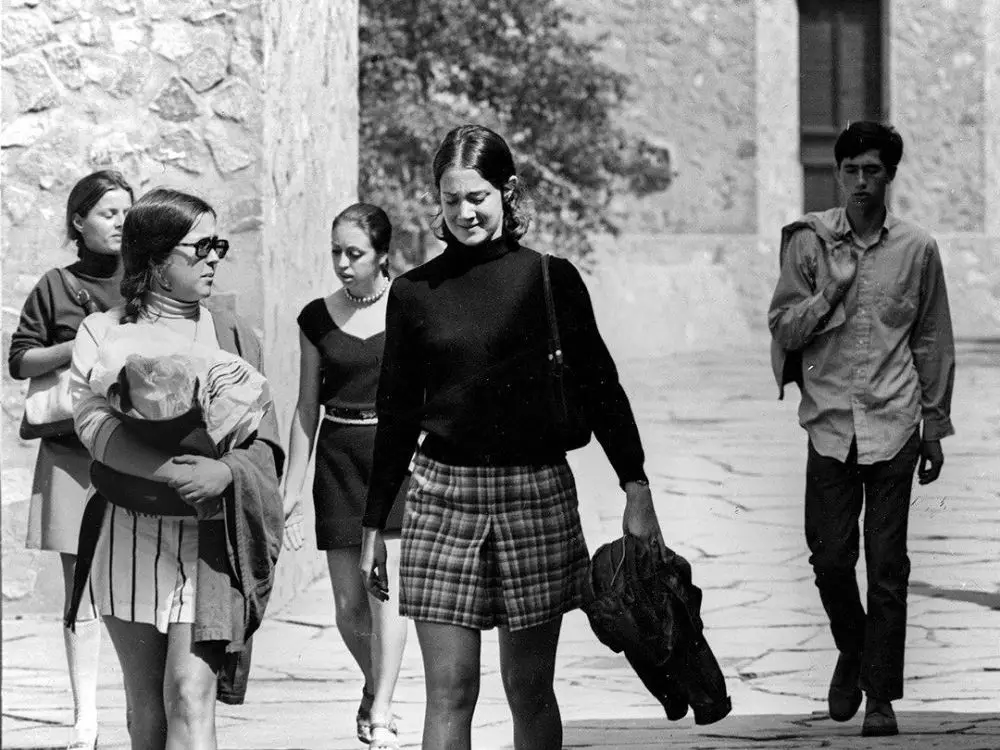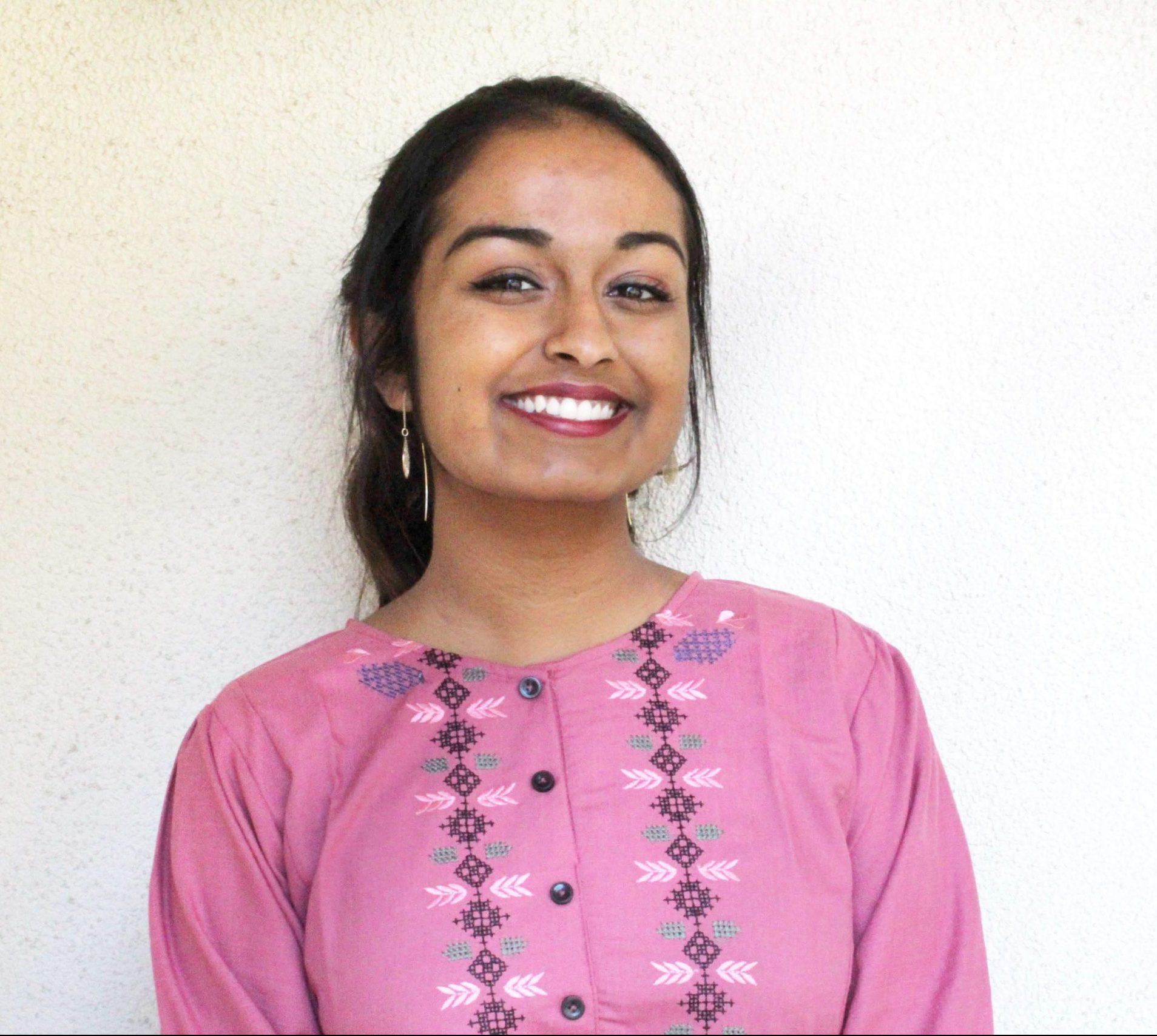Just like a lot of you out there who are sitting in your childhood bedrooms trying to hide the pile of unfolded laundry from the gaze of your Zoom class, I too, am realizing that I took a lot of things for granted when I was on campus: the vast, grassy grounds, the fully stocked libraries, even the dinky dorm rooms where you could hang string lights galore. But there were other things I also took for granted — things that were such a regular feature of life that I forgot that they hadn’t always been every day.
As a woman on a college campus, it’s so important to feel the presence of other women who are also conscious that, in some people’s minds, their gender is a strike against them. Most of our colleges in 2020 have an even gender split, but even at some of the country’s top institutions, it wasn’t always that way. And this is exactly what author and historian Anne Gardiner Perkins retells in her new book called “Yale Needs Women.”
A comprehensive review of all the newspaper articles, speeches, marches and protests that led to Yale’s monumental decision to abolish their gender admissions quota, this book is an inspiring history of college feminism right when Title IX came into play in the United States.
Missed our recent Instagram features of trailblazers Nancy Brown '81 and Maya Lin '81? Check out this week's Instagram Story (@yaleadmissions) on Anne Gardiner Perkins '81 as we celebrate renowned graduates who have made a mark in the 50 years since Yale College's coeducation. pic.twitter.com/USB4DKkMee
— Yale Admissions (@YaleUGA) October 10, 2019
Perkins is herself a Yale graduate, a Rhodes scholar and an expert in higher education. There can hardly be a better woman to address the subject of the first women at Yale, especially considering that she was the first female editor-in-chief of the Yale Daily News. Ever.
Subtitled “How the First Group of Girls Rewrote the Rules of an Ivy League Giant,” Perkins’ book is fueled by oral narratives from the first few women ever admitted to Yale. In 1969, when Yale opened its doors to women, it didn’t take long for them to realize that while on paper, the institution was coed, in practice, they were less than welcome.
After all, it takes more than a shift in policy to effect real change among people. The oral narratives that Perkins features highlight the immense frustration caused by institutional ambivalence. The women were eager to attend Yale, but Yale was not eager for their entrance.
And it might not even have happened if not for the tireless efforts of Elga Wasserman, a key player in Yale’s fight for women and a central figure in Perkins’ narrative. She was given the pejorative title of “special assistant” to Kingman Brewster Jr., Yale’s president at the time.
As a New York Times book review puts it, Wasserman “paid dearly for her activism”; after her mission to end the gender quota was accomplished, Perkins reports, “She learned that she no longer had a job at Yale.” But she was the hero behind Yale’s progress, and Perkins’ narrative makes sure we remember her.
A crucial element of Perkins’ book is her emphasis on how the struggle within the university happened alongside larger national struggles. Student protests against the Vietnam War arose during the ’60s, and Yale became an epicenter. The New Haven Black Panther trials in 1970 also captured the attention and commitment of the university.
Perkins articulates how the women’s movement conversed with other national movements, and how it was sometimes occluded to make way for larger, more pressing concerns. Some struggles took precedence over other struggles, but women went on making their voices heard.
Perkins’ book addresses a few key themes of feminist activism in 1960s Yale that still pervade in the discourse today. She touches on the anger that the women felt after their arrival once the university showed them its true colors — no women on sports teams (and no women’s sports teams), no women in the band (with one single exception), no women writing for the newspaper and no women-oriented classes. The biggest problem that drives the direction of the whole book was Yale’s admissions quota.
Long known as the university that produced a “thousand male leaders” each year, Yale experienced a significant amount of inertia in the face of growing student pressure that was clamoring for coeducation. The administration leaned heavily on its prestigious reputation and conceded only grudgingly.
They “enrolled 575 women undergraduates” in 1969, which is an admirable increase from zero women undergraduates the previous year, but it still meant that “the women were outnumbered seven to one.”
Another problem with the integration of women into Yale was the fact that they were “divided evenly among Yale’s twelve residential colleges, thus diluting their small numbers even further.” This made it difficult for early Yale women to form any sort of community, especially if they didn’t identify with other groups like the black community or the theater community. To the first women undergraduates, Yale stopped feeling like an idyll rather quickly.
Some male undergraduates, once a force for progress that pressured the administration to go coed, became threats to the women, as did men from the surrounding New Haven area. A significant number of girls experienced sexual assault or harassment during their time at Yale, and more than one dropped out because of it. Instead of advocating for change, some men at Yale became the forces that opposed women’s full entry into the university.
Even if the men weren’t intending to explicitly single women out, the sheer scarcity of women in comparison to men meant that they were noticed wherever they went. In class, the women were often asked to give a “female perspective” on what was being discussed — they were supposed to stand and speak on behalf of all women.
It was difficult enough being at Yale without worrying about acting in a way representative of womanhood as a whole. Perkins highlights this phenomenon in the early days of coeducation, shedding light on how even today, minorities are called upon to offer “minority perspectives” on an issue, whereas others have the privilege to simply offer perspectives.
Perkins details such small facts about campus life that made it difficult for the first few women to truly declare themselves Yale students. Her book reminds us of something distasteful about the American higher education system: Even at prestigious, glamorous colleges that are constantly in the public eye, really bad things can happen and can continue to happen even if everyone knows about them.
But it also gives us a profound sense of hope — for a school so mired in tradition, Yale changed for the better, and other institutions around the country did, too. And progress hasn’t stopped there.

















